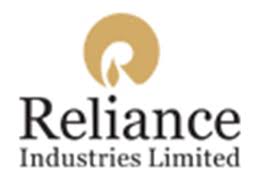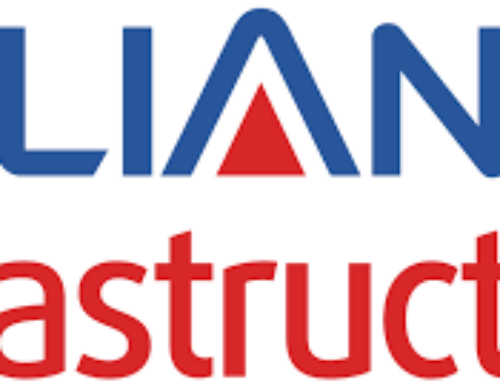Industry analysis: Power is essential for any economy. No matter if it is emerging or developed, or undeveloped. The use of power per head is deciding factor in many economies, whether it is growing or not.
The oil and gas sector is the core sector of India. India’s economic growth is closely related to energy demand; therefore, the need for oil and gas is projected to grow more, making the sector quite conducive to investment. The demand for oil and gas is ever-increasing in India for many reasons. From industrial use to cooking to power generation. It is among the most decisive factors in the Indian economy in many important decisions. As India is a net oil importer, it also affects imports and exports. Even though India is importing Crude Oil, we develop refining plants by investing in it, which is why we are the leading country in the oil refining business.
The Government of India has adopted several policies to fulfill the increasing demand. The government has allowed 100 percent Foreign Direct Investment (FDI) in many segments of the sector, including natural gas, petroleum products, and refineries. Today, it attracts both domestic and foreign investment, as attested by the presence of Reliance Industries Ltd (RIL) and Cairn India.
India is one of the largest consumers of oil and gas. Domestic refiners’ crude oil imports increased 9.1 percent yearly to around 18.81 million metric tons in August 2016. Total fuel consumption is expected to grow about 5-6 percent in FY 2016-17 and after that, while gasoline consumption is expected to grow around 9-10 percent over the medium term, supported by robust passenger vehicle sales amid low crude oil prices. The country’s gas production is expected to touch 90 Billion Cubic Metres (BCM) in 2040 from 35 BCM in 2013. Gas pipeline infrastructure in the country stood at 15,808 km in December 2015.
The sector is also ahead in FDI investment and Domestic investments.
According to data released by the Department of Industrial Policy and Promotion (DIPP), the petroleum and natural gas sector attracted FDI worth US$ 6.67 billion between April 2000 and March 2016.
Company analysis Reliance Industry is one of India’s largest private sector companies and the second-largest company with market Capitalization.
The company mainly operates in Oil exploration and Production, Petroleum Refining, Petrochemicals, Telecommunications, entertainment, retail, Digital hardware, project development, and more. Some products and brands offered by the company are as follows.
- Crude Oil and Natural Gas
- Propylene, Naphtha, gasoline,
- Aviation Turbine Fuel
- Petroleum Coke, Sulphur
- High and low-density polypropylene
- Ready to use suiting and shirting under brand Vimal
- Reliance Digital
- Reliance Jio
SHAREHOLDING BSE Data
Financials and Ratios. [table id=19 /]
Future Prospects: In the last few years, the company has been investing heavily all over the economy, from grocery and related as Reliance fresh to the Telecommunications industry, E-Commerce. That all investments push Asset Turnover around 50% if that all Venture become successful, the stock may quickly double in 3-5 Year. Now, as the investments are being mature and ready to give returns and make changes in their respective industry, it is essential to see what will happen with the stock Price as the return from the new business is a necessary factor for the company. Most important is that the petroleum and petrochemicals business is still making money, a business that makes it Positive as it keeps debt to equity under Control. Though we call it a petrochemical or Petroleum company, Jio is very big and may decide the Future.




